overleaf template galleryCommunity articles — Recent
Papers, presentations, reports and more, written in LaTeX and published by our community.

Como Instalar Ubuntu 18.04 En VirtualBox
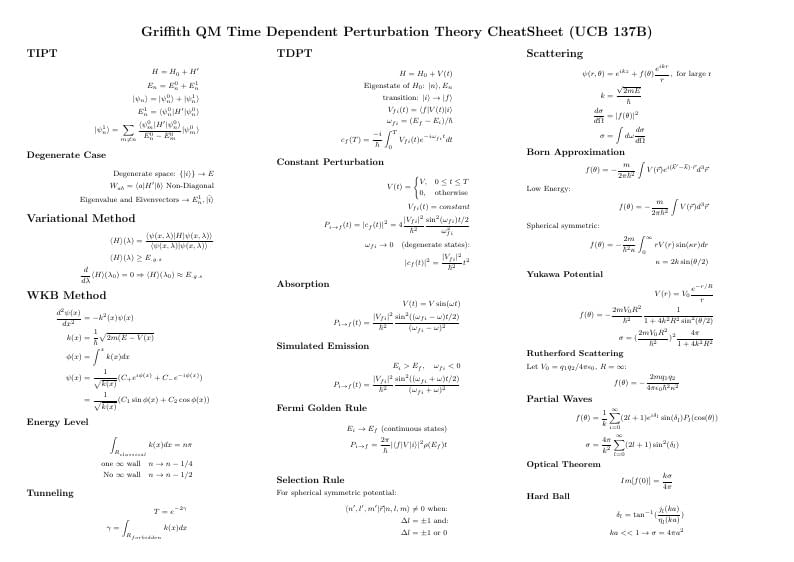
This is a cheatsheet made for the final exam of Berkeley Physics 137B. It mainly covers chapters from Variational Method to the end (except for Adiabetic Approximation).
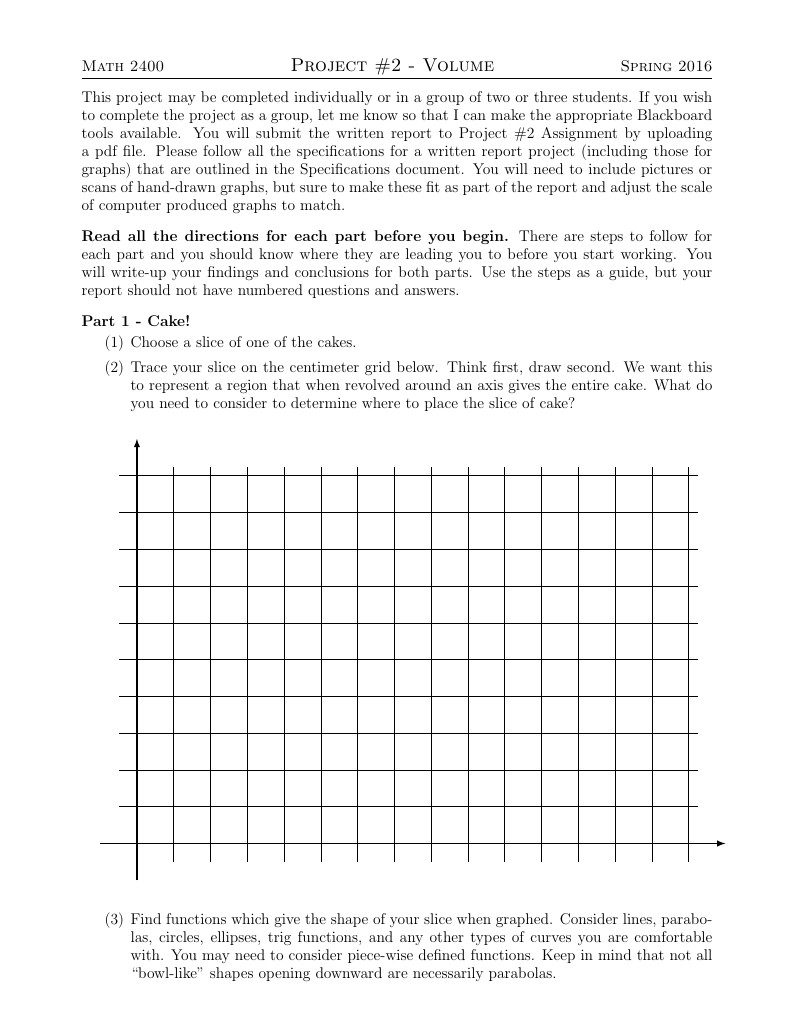
The second project for MATH 2400, Calculus II, at Fitchburg State. Estimating volume using definite integrals.
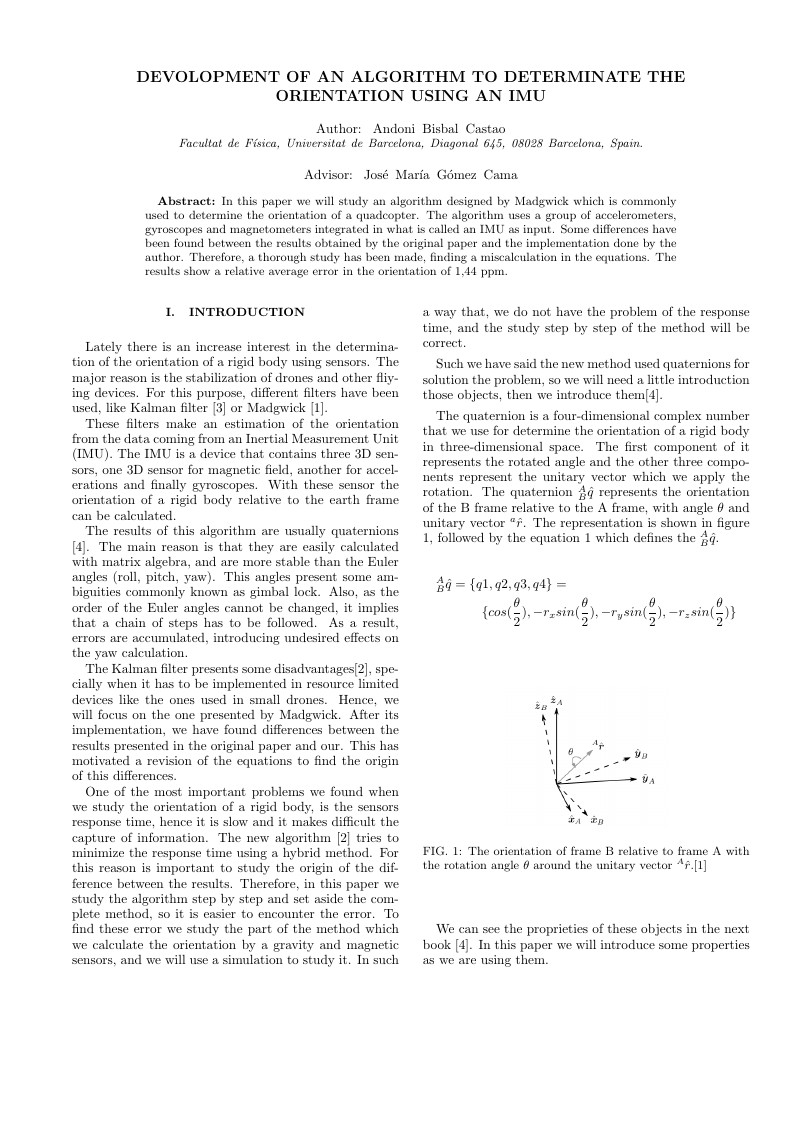
In this paper we will study an algorithm designed by Madgwick which is commonly used to determine the orientation of a quadcopter. The algorithm uses a group of accelerometers, gyroscopes and magnetometers integrated in what is called an IMU as input. Some differences have been found between the results obtained by the original paper and the implementation done by the author. Therefore, a thorough study has been made, finding a miscalculation in the equations. The results show a relative average error in the orientation of 1,44 ppm.
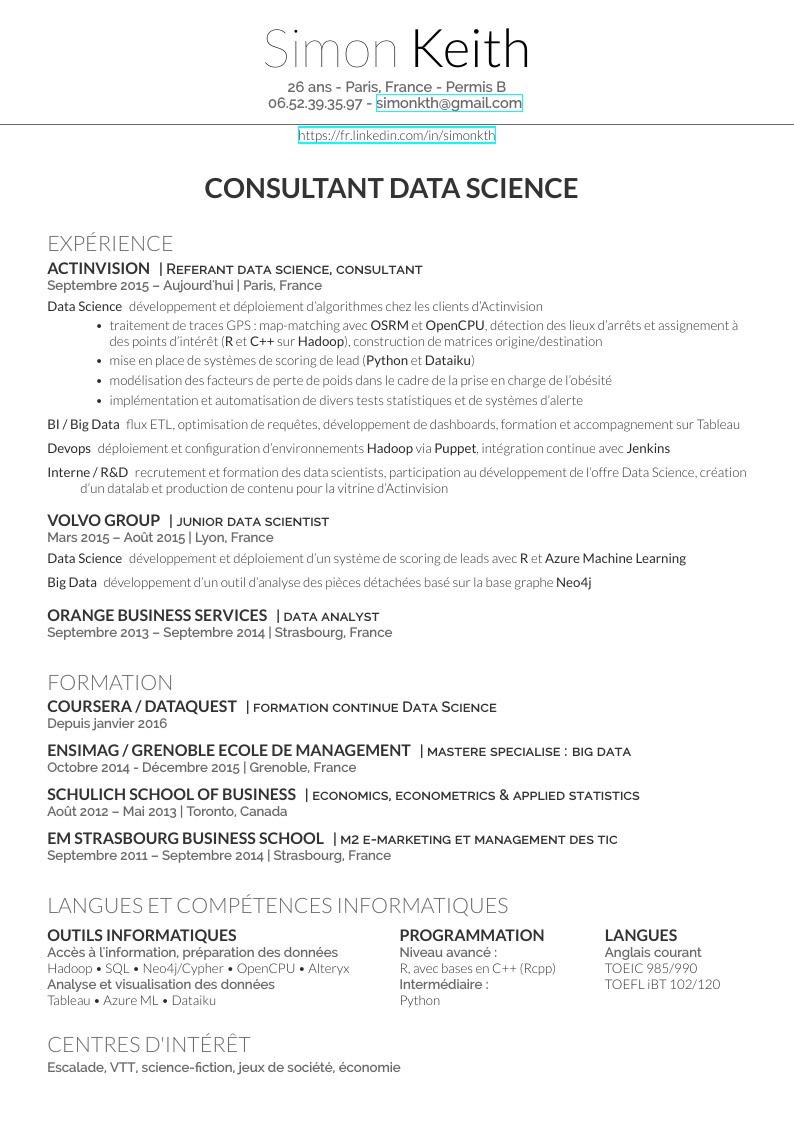
CV - Dernière mise à jour : 21/02/2018
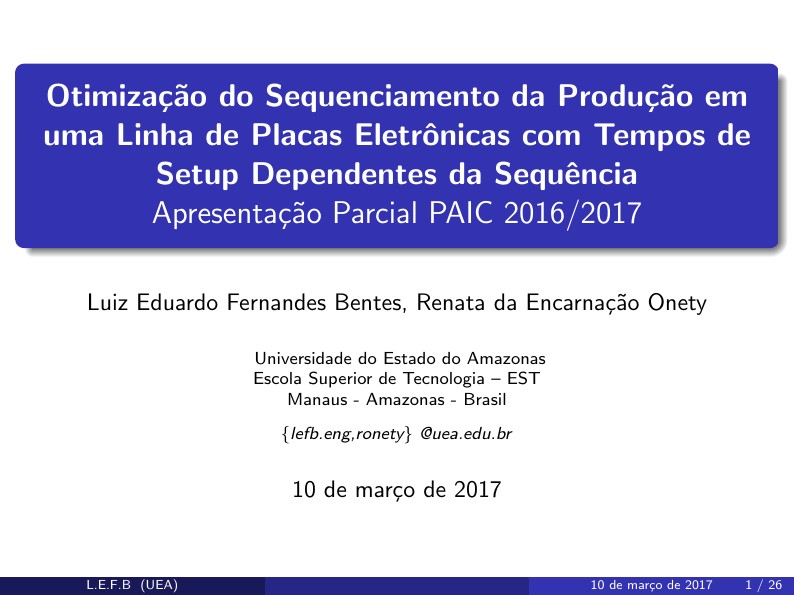
Otimização do Sequenciamento da Produção em uma Linha de Placas Eletrônicas com Tempos de Setup Dependentes da Sequência
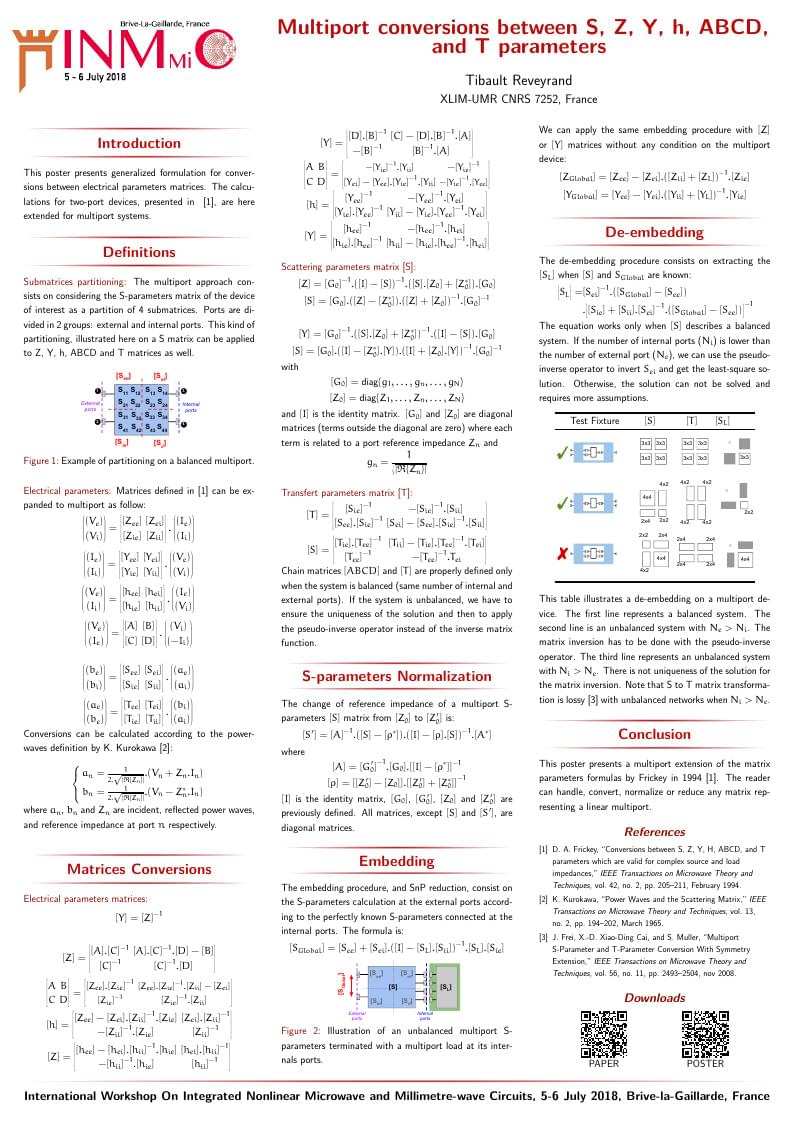
«Multiport conversions between S, Z, Y, h, ABCD, and T parameters.» Integrated Nonlinear Microwave and Millimetre-wave Circuits (INMMIC 2018), Brive-la-gaillarde, France, July 2018. Article: http://www.microwave.fr/publications/151.pdf Poster: http://www.microwave.fr/publications/151p.pdf

Computations with the the objects mentioned in the title.
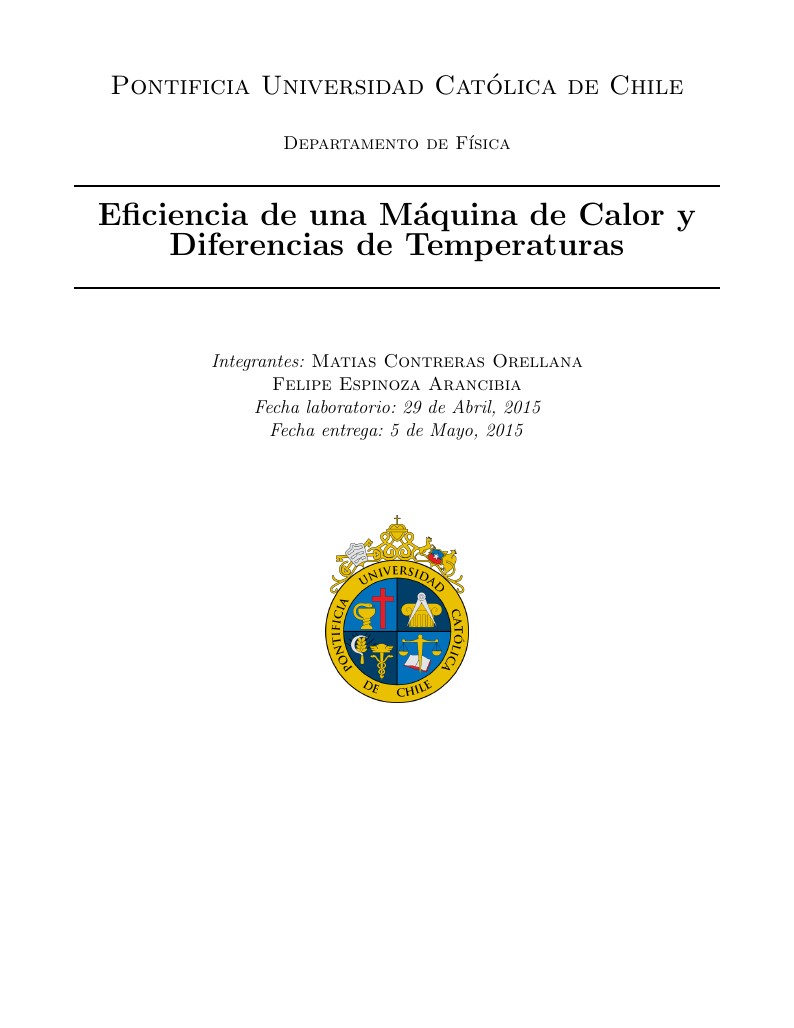
Se calculó la eficiencia real y de Carnot de un Aparato de Eficiencia Térmica (Model TD-8564).
\begin
Discover why over 20 million people worldwide trust Overleaf with their work.